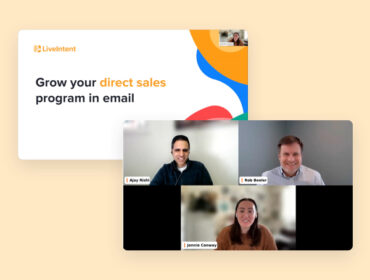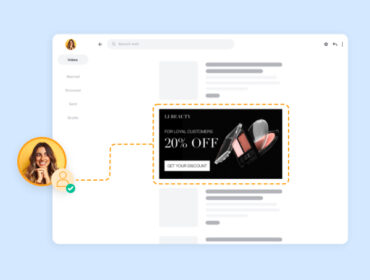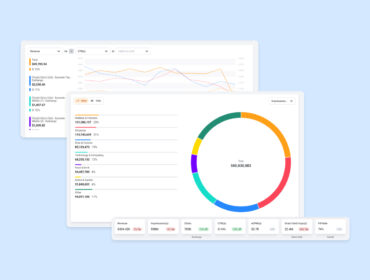4 New Year’s Resolutions for Media Publishers
We can’t get to 2021 fast enough. After one of the craziest years in human history, we’re all eager to close the book on 2020 and start anew. So, in that spirit, November doesn’t seem too early to start planning New Year’s resolutions! Sticking to your New Year’s resolutions takes focus and a lot of hard work, and we’re not quite sure how different that will be in 2021. However, you can be confident that LiveIntent will be here to help you manage your inventory and explore opportunities to grow your revenue.
Consider adding these four ideas to your New Year’s resolutions:

1. Start Planning Now for 2021 2022
While the calendar will read 2021 in mere weeks, it’s 2022 that will occupy our thoughts once the ball drops on January 1st. It’s not that we’re wishing our time away; it’s that there are two significant changes slated for 2022 that are just too big for the industry to ignore. The first and most important is Google Chrome’s depreciation of third-party cookies.
It’s nearly here, folks: the cookie-apocalypse. The advertising world has been buzzing all year with hot takes on how publishers and marketers alike will persist in a cookie-challenged ecosystem and what alternatives are out there to fill the void in the proverbial cookie jar.
Now is the time to decide how your business will move forward in a world without third-party cookies, and if you don’t know where to start, here are five steps you can take to get ready. However, if you’re further along and are already testing a solution, you might find these tips helpful in developing a first-party data strategy.
If you’re looking for a solution to help you navigate the first-party future, LiveIntent’s Authenticated Bridge framework can help. It’s built upon first-party data and authenticated daily through organic connections anchored in the opt-in environment of email subscriptions. If you’d like to learn more, let us know—we’d love to partner with you.
The other notable industry change coming up in 2022 is the beginning of the data lookback period for the California Privacy Rights and Enforcement Act (CPRA). If this name sounds familiar, that’s because it’s a beefed-up version of the California Consumer Privacy Act (CCPA), which went into effect earlier in 2020. The CPRA doesn’t officially go into effect until 2023, but data collected during 2022 will be evaluated for compliance. The advertising world is still deciphering updates to the law and its impact, but ensuring your readers have control over how their data is used continues to be a must.
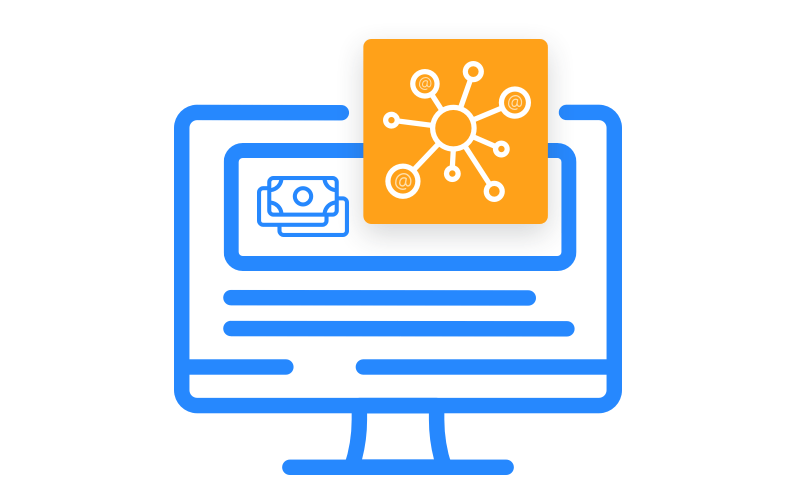
2. Explore first-party activation and segmentation
Publishers’ first-party data is rising as the heir-apparent to third-party cookies. As this trend has crystalized, publishers are rethinking their relationships with advertisers to ensure their data is the foundation for their monetization strategies. Now more than ever, it’s crucial for you to focus on your biggest asset – your readers. By operationalizing first-party data, you can safeguard your monetization efforts from cookie-reliance through tactics like segmentation and suppression, relevant retargeting, and curated packages.
Here are some first-party strategies to assess in 2021:
Segmentation & Suppression
Sometimes, suppression can be just as powerful as targeting. Take a look at your first-party data and identify a segment of customers who have already taken the desired action, like subscribed to your newsletter or purchased a specific product. You can optimize your marketing efforts by suppressing these customers, ensuring customers don’t receive an ad that isn’t relevant. Learn how Groupon used these methods to boost product goals and user experience
Personalization & Retargeting
You can use your first-party data to personalize your remarketing campaigns. Utilize your knowledge of customers’ high-value engagements with your content to build audiences around your desired behaviors across your website, app, and emails to power relevant product offer retargeting. DailySale.com saw a 140X return by delivering daily deals catered to their readers’ interests.
Deals & Packages
Simple in practice yet powerful in impact, curated packages allow you to combine your newsletter inventory and audiences into bundles for advertising partners. They’re evergreen, easy to manage, and can be customized to your unique strengths around themes like content, season, and audience attributes. Learn how a global media company earned 11 percent of its revenue from just 2 percent of impressions with curated packages.

3. Find New Audiences
Driving subscriptions is essential, and 2021 will be no different, no matter what it throws at us. With 78 percent of publishers citing subscriptions as their most important revenue stream and another 46 percent citing growing subscriptions as a major priority, it’s safe to say that acquisition strategies and tactics are a primary focus.
Here’s how you can grow your audience in 2021:
Convert email readers into paid subscribers
If they’ve already subscribed to your email newsletter, they’re more likely to become a paid subscriber. Our July 2020 Customer Pulse survey revealed that 71 percent of publishers are leveraging their email newsletters for their subscriber acquisition campaigns after seeing a rise in engagement across their email channels. Leverage the power of email to drive people to sign up for a subscription and create awareness for custom products or member-exclusive events.
Offer a tiered membership model
A subscription paywall offers access to content, but membership touches on that aspect of building communities around audiences that want to support you. The experiences that you offer your members reinforce deeper relationships with your publication, journalists, and content. Consider offering memberships that come with the added benefits of personalized web/app experiences, curated content, and access to unique “gets” like an exclusive event.
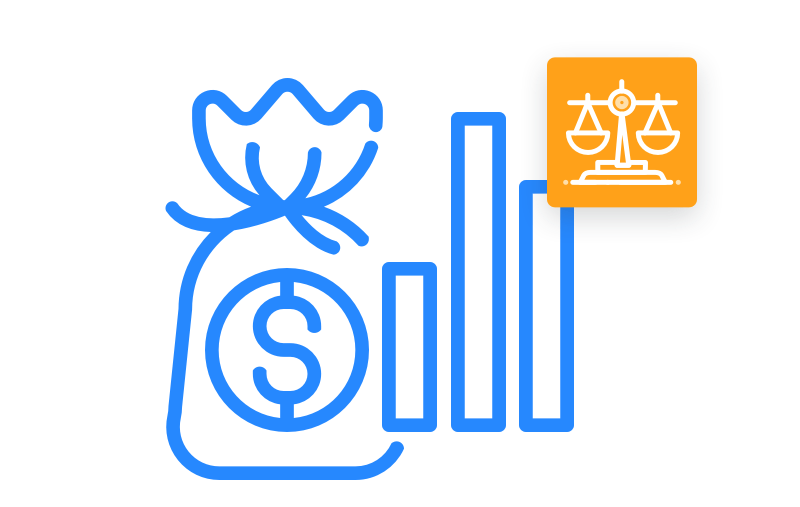
4. Balance Your Revenue Drivers
The internet makes it easier to deliver and consume content. The myriad of opportunities challenges companies to experiment with various monetization strategies for digital content.
Per Digiday, 53 percent of publishers cited direct-sold ads as a large or very large revenue source, followed by programmatic (35 percent) and video content (28 percent). Selling ads directly to advertisers can be difficult, but it can also be lucrative for smaller publishers for which subscriptions are not a significant revenue source.
While reducing inventory volume and raising prices tends to fill ads with higher-quality demand, that’s not the only way to increase the value of your inventory.
Here are some ways to balance your monetization strategies:
Give brands the visibility that they crave
Advertisers are usually willing to pay higher rates for the guarantee of being front and center. Offer larger ad sizes in above-the-fold placements wherever possible. General Mills saw a 26 percent increase in revenue by adding above-the-fold inventory to their newsletters.
Put direct-sold up against programmatic
Sponsorship campaigns don’t allow much room for competition, but having your non-guaranteed direct-sold campaigns compete against exchange demand in a unified auction is a great way to boost revenue. See how local news publisher, Patch, used this tactic to generate 40 percent YoY growth in revenue.
Leverage an ad server that helps you streamline and scale
Smaller publishers tend to have the advantage of being able to test, iterate, and then scale. As your business grows, yield optimization and operations can become cumbersome. Ad servers allow you to set bidding priorities, day & time rules, and targeting capabilities to rank the bids coming in.
Setting goals for yourself and your business each year are worth the effort. So, what’s next? Take your resolutions and create a plan to make them stick in 2021.
- Set specific goals that you can reach this year.
- Assemble the winning team that can help you create an action plan to reach those goals.
- Take stock of the resources available to you today.
Once you’ve got your goals and a plan to reach them, remember to set aside time to reflect on your progress each month. What is working? What isn’t?
Good luck and Happy New Year!
